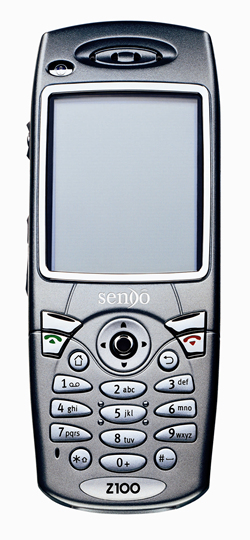Five mistakes to avoid when buying a mobile phone


Before you make a purchase you'll regret, check out some of our simple rules to avoid choosing the wrong phone. We may not be able to pick your dream phone for you, but we can help put you in a good frame of mind to make the right decision.
Mistake #1: Disregarding service
Some phones offer better performance and clearer reception than others, but even the best models can suffer from poor service. The first step to getting the right phone is choosing the right service provider. Ideally, you want to go with the carrier that has a reputation for providing the best service in your local coverage area, where you'll be making most of your calls.
You'll have to do some research: check out our readers' opinions, and poll friends and business associates. If you put in a little time, it shouldn't be hard to work out what's good and bad about each service provider.
Mistake #2: Picking a phone that lacks staying power
The slickest-looking phone in the world isn't going to do you much good if it loses its charge too fast. True, battery technology is becoming more advanced, and most phones offer a minimum of two hours’ talk time, but you want all the battery life you can get. Although manufacturers' specifications aren't always entirely accurate, they're a good starting point for comparison. If a range is offered -- two to three hours, for example -- it's best to compare the lower numbers among different phones.
Mistake #3: Failing to consider ergonomics
Plenty of phones look great. Not all of them feel so terrific after you've had a long conversation on them, however, and some are a challenge to operate. Before you buy, spend as much time as possible handling the phone and navigating its menu system -- you might call it a test-drive. Check how it feels against your ear and in your hand.
Also, try to get a sense of whether using the menu -- especially the features you're likely to use most -- is an intuitive process. Ideally, you should be able to work things out without opening a manual or needing the help of a salesperson.
While kicking the tyres, you should also assess the phone's durability. If it's a flip-phone, test the sturdiness of the flip mechanism. The antenna is also subject to scrutiny. Warning: many stores have only non-working units on display. Ask the salesperson for a working phone to play with -- if none are available, go to another store.
Mistake #4: Being too intoxicated by style
The coolest-looking phones don't always have the coolest features. This is particularly true for some of the compact models, as their small screens aren't designed to display lots of content. You'll have to weigh what matters most: size or functionality. When in doubt, get the features you want and need. One must-have feature, for example, is a vibrate alert (instead of ringing, your phone vibrates). Also, if you want to use the phone for Web access and email, start with models that have those features and narrow your choices from there.
Mistake #5: Overpaying
There are a couple of rules to follow when it comes to pricing phones. First, the price of a particular model tends to vary from store to store, so it's best to check with a few, both brick-and-mortar and Internet, to get the lowest price. Second, expect to pay a premium for the latest and greatest phones.
Be aware that new models are coming out faster than ever before and tend to be smaller, sleeker and more feature-rich than their predecessors. That means today's more expensive models will probably come down in price substantially within six months. It's good to know what's on the horizon before buying, so check back here to read our previews of upcoming phones. You may decide it's better to go with a low-priced model while you wait for your dream phone to arrive.